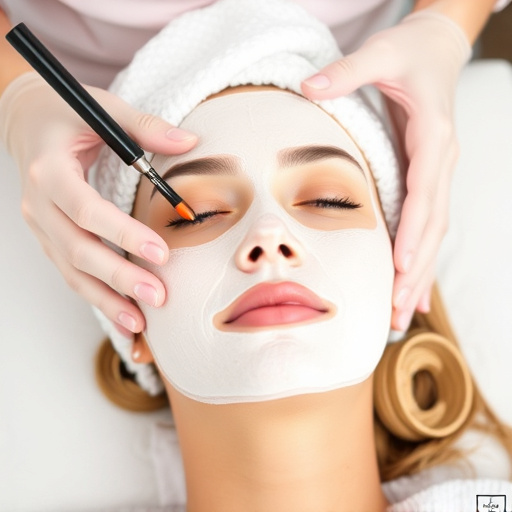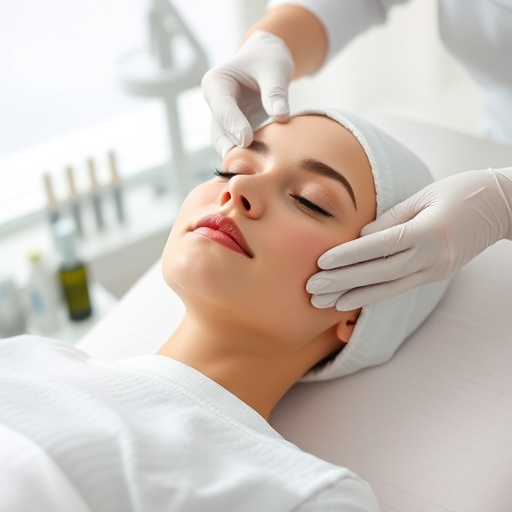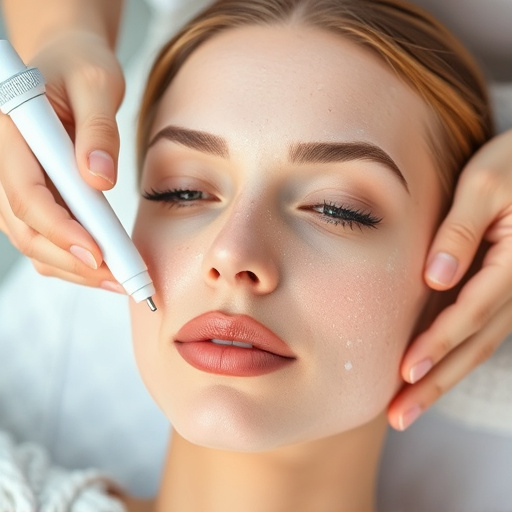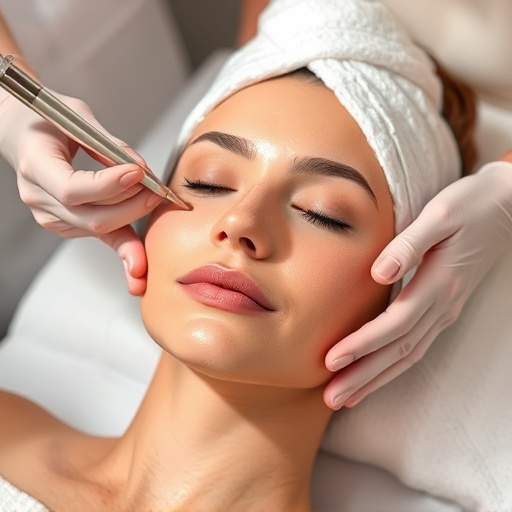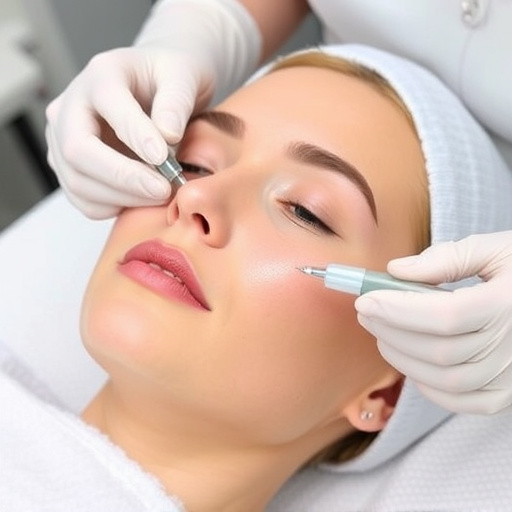Sun damage, from texture changes and pigmentation to severe conditions like pre-cancerous growths and wrinkles, can be addressed through early recognition of visible indicators. Regular sunscreen application is crucial for prevention, while aesthetic treatments like laser hair removal, microneedling, facials, and non-surgical procedures (e.g., chemical peels, microdermabrasion, laser therapy) offer solutions for healing sunburns, reducing fine lines, lightening hyperpigmentation, minimizing risk of skin cancer, and achieving comprehensive skin rejuvenation. Consulting a dermatologist ensures the best treatment tailored to individual needs and skin types.
Sun damage is a pervasive issue with both immediate and long-lasting effects on our skin. Understanding its various forms—from burns and premature aging to hyperpigmentation and increased cancer risks—is crucial for effective treatment and prevention. This article delves into the extent of sun damage, offering insights into short-term and long-term impacts. We explore a range of treatment strategies, from enhancements in daily skincare routines and professional treatments like chemical peels and laser therapy, to proactive measures like sunscreen application and lifestyle adjustments.
- The Extent of Sun Damage: What to Look Out For
- – Types of sun damage: burns, premature aging, hyperpigmentation, and skin cancer risks
- – Short-term vs long-term effects
The Extent of Sun Damage: What to Look Out For
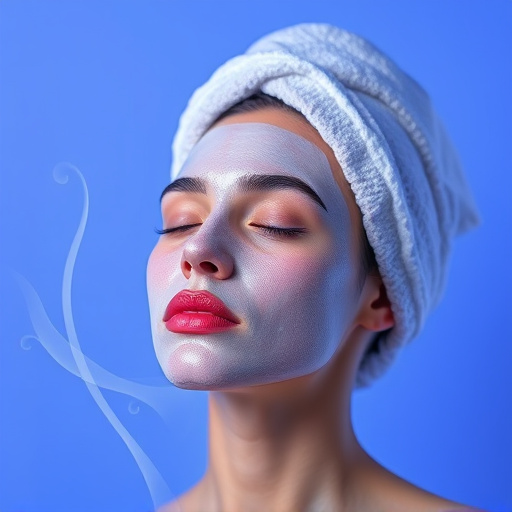
Sun damage is a common concern for many, but recognizing its signs is key to effective treatment. The extent of sun damage can range from subtle changes in skin texture and pigmentation to more severe issues like pre-cancerous growths and wrinkles. Look out for discolored patches, irregular skin tones, fine lines, and loss of elasticity—these are visible indicators that your skin has been exposed to UV rays over time.
Regular exposure to the sun can lead to various forms of damage, including photoaging, where the skin loses its youthful appearance due to collagen breakdown. In more severe cases, it may result in sunburn, solar keratoses (pre-cancerous lesions), or even skin cancer. Early intervention is crucial for sun damage treatment. Techniques like laser hair removal and microneedling therapy can be effective aesthetic treatments for addressing specific issues, but prevention through protective measures like daily sunscreen application remains the first line of defense against further sun damage.
– Types of sun damage: burns, premature aging, hyperpigmentation, and skin cancer risks

Sun damage can manifest in various forms, each with its own unique impacts on your skin’s health and appearance. One of the most immediate consequences is sunburn, characterized by redness, swelling, and pain. While mild burns may heal within a week, severe cases can lead to long-term sensitivity and discoloration.
Beyond burns, prolonged exposure to UV rays accelerates the natural aging process, resulting in premature wrinkles, fine lines, and loss of elasticity. Hyperpigmentation, dark spots or patches, is another common issue triggered by sun damage. These areas may remain darker than surrounding skin for months or even years. Moreover, consistent sun exposure significantly increases the risk of developing skin cancer, a severe and potentially life-threatening consequence that underscores the importance of effective sun damage treatment. Customized facials and non-surgical treatments can address these concerns, offering targeted solutions for sunburn healing, anti-aging benefits, and hyperpigmentation reduction through specialized facial treatments.
– Short-term vs long-term effects
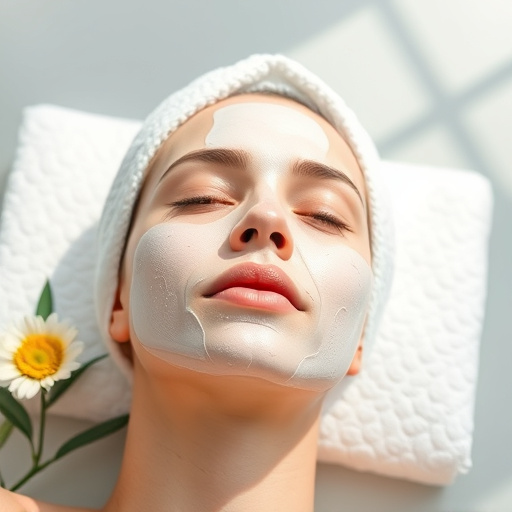
Sun damage isn’t just a superficial issue; it has both short-term and long-term effects on your skin. Immediately after prolonged sun exposure, you may experience redness, swelling, and pain – classic signs of sunburn. These symptoms are your skin’s way of telling you it needs immediate care and protection from further UV radiation. However, the real concern lies in the long term. Unaddressed sun damage can lead to premature aging, manifesting as wrinkles, fine lines, and age spots. It also significantly increases the risk of skin cancer.
Non-surgical treatments like chemical peels and microdermabrasion, alongside aesthetic treatments such as laser therapy, offer effective sun damage treatment options. These professional skincare procedures help to exfoliate damaged skin layers, stimulate collagen production, and even out skin tone. For best results, it’s essential to consult a dermatologist who can recommend the most suitable sun damage treatment based on your specific needs and skin type.
Sun damage is a multifaceted issue with immediate and lasting consequences. By recognizing the various types, from burns and premature aging to hyperpigmentation and increased skin cancer risks, we can take proactive steps towards effective treatment. Implementing daily sun protection, incorporating targeted skincare products, and adopting a holistic approach that includes hydration and nutrition are key strategies to mitigate both short-term and long-term effects. Remember, early intervention and consistent care are essential for achieving healthier, more radiant skin. For optimal sun damage treatment, consult a dermatologist and tailor your routine to your specific needs.








